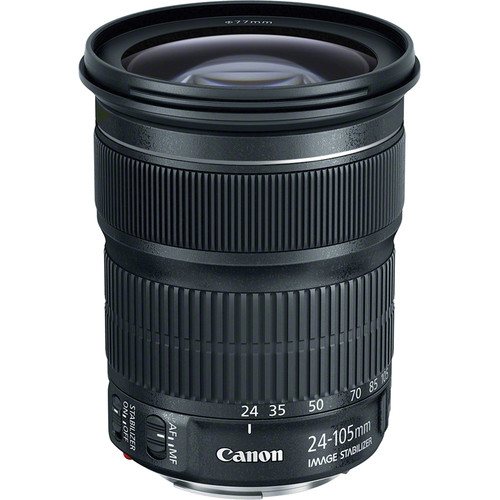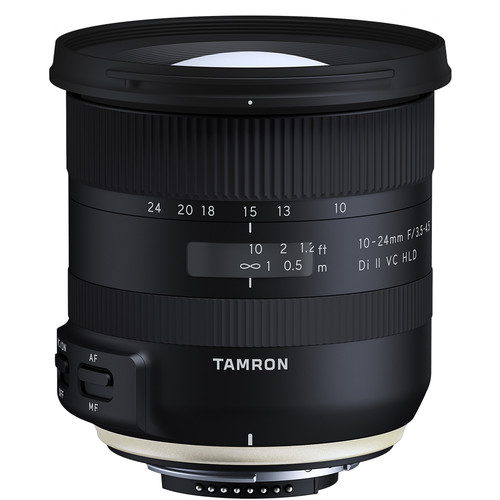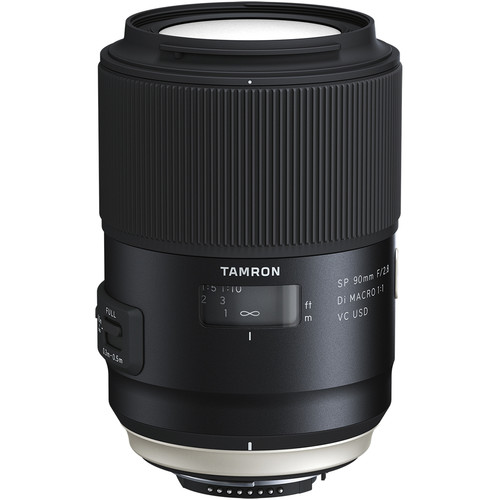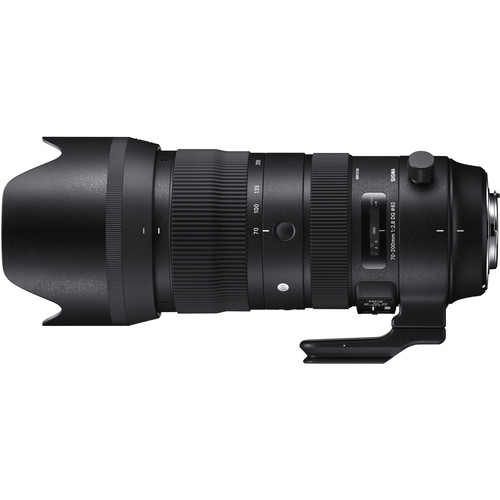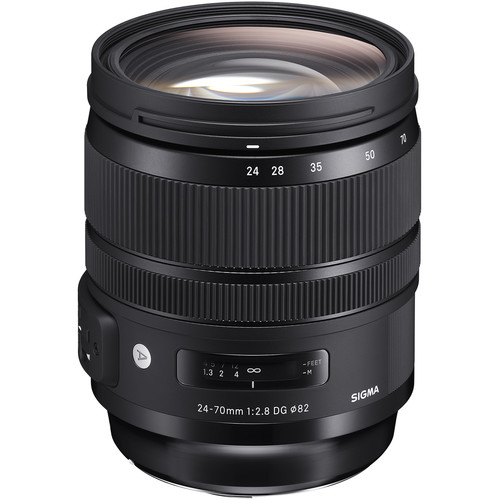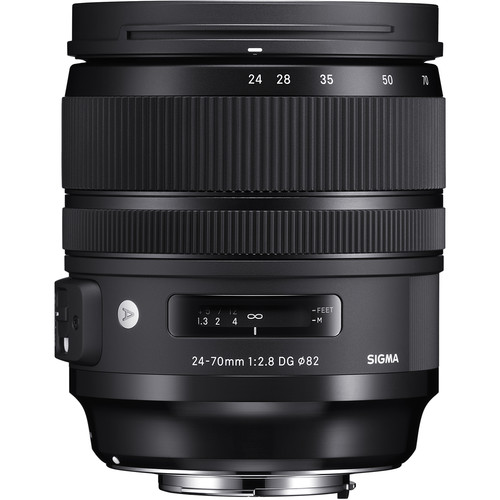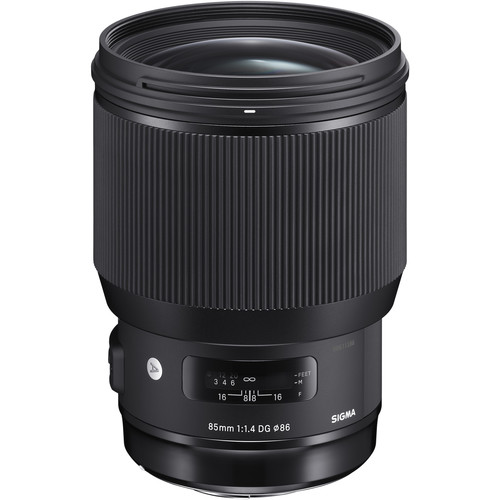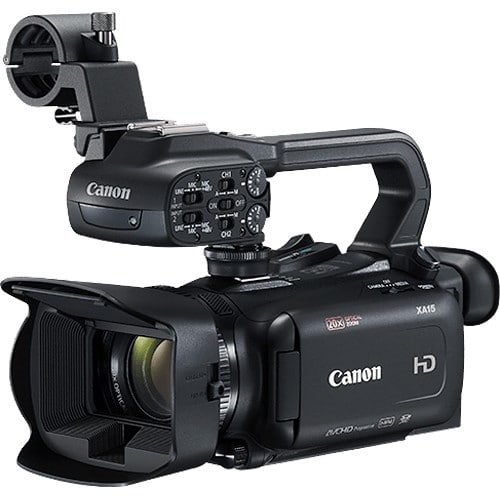

Canon 24-105mm IS STM Lens
KSh 44,999.00
Key features:
- EF Mount Lens/Full-Frame Format
- Two Aspherical Elements & One UD Element
- Optimized Lens Coatings
- STM AF Motor Supports Movie Servo AF
- Optical Image Stabilizer
- Internal Focusing; Manual Focus Override
- Seven-Group Zoom Optical Design
- Rounded Seven-Blade Diaphragm
The 24-105mm zoom range is popular with photographers because it can cover a wide range of subject types and situations so we thought it would be useful to look at a one of the new versions of the original EF 24-105mm f/4L IS USM, which was released just over a decade ago to complement Canon’s first enthusiast-level ‘full frame’ camera (the EOS 5D). Announced in 2014, the EF 24-105mm f/3.5-5.6 IS STM is priced to attract cost-conscious buyers and features similar image stabilisation to the original lens in a lighter body with a new autofocusing drive motor.

The optical design of this lens is similar to the venerable EF 24-105mm f/4L IS USM, although there’s one fewer aspherical element and the new lens substitutes a UD (Ultra Low Dispersion) lens for the Super UD lens in the original. The focusing mechanism uses an inner focus lens, a stepping motor and lead screw to support the EOS Movie Servo AF function, while a new seven-element group keeps the lens relatively compact during zooming.
The lens is supplied with front and rear body caps and a printed multi-lingual instruction manual. A lens hood (EW-83M) and carry pouch (LP1219) are available as optional accessories and the front element is threaded to take 77 mm diameter filters. Expect to pay around AU$65 for the lens hood, $44 for the pouch and $75-80 for a protection filter.
Who’s it For?
Essentially, this lens is a new ‘kit’ lens for Canon’s entry-level EOS cameras with ‘full frame’ sensors. It’s commonly bundled with the EOS 6D and you may save a little by buying it in that format. It’s also usable on any of the 1D or 5D, although it’s not an ideal match.
Although some may beg to differ, we can’t see much point in buying this lens for a cropped sensor camera, where it covers a focal length range equivalent to 38-168mm. This isn’t quite wide enough for landscape photography nor long enough for capturing sports and wildlife. But if that range suits you, there’s no reason not to invest.
On a ‘full frame’ camera, 24-105mm covers a very useful focal length range. At the 24mm end it’s wide enough for shooting landscapes and group portraits, while the 105mm focal length is just about perfect for portraiture. For a ‘walkaround’ lens, it’s close to ideal.
The four-stop stabiliser makes hand-holding possible in fairly low light levels, while the STM autofocusing drive is quiet enough to avoid intruding into movie soundtracks and focuses smoothly enough to deliver watchable video footage. Price-wise, it’s affordable and it’s pleasantly small and light for a full-frame zoom lens, which makes it a good choice for travellers.
Build and Ergonomics
The build quality of this lens is a cut above the average for a kit lens in its price range, although it falls short of the more expensive L-grade lenses. Both barrels are made from high-quality plastic on a metal base with a sturdy chromed mounting plate. It’s not weather-sealed but everything is well integrated and we found all moving parts operated smoothly.
The lightweight internal focusing system supports fast autofocusing with a modern EOS camera and the front element doesn’t rotate during focusing or zooming, an advantage when you use polarisers or graduated filters. The seven-bladed iris diaphragm closes to create a circular aperture that produces soft bokeh.
Anti-flare coatings aren’t mentioned in any lists of specifications ““ or in Canon’s marketing materials. However, the optical design is claimed to minimise ghosting and flare.
The focusing ring is roughly 20 mm wide and located about 8 mm behind the leading edge of the outer barrel. Most of its width is covered by fine ribbing to provide a grip. The STM focusing drive operates electronically so there’s no direct connection between turning the ring and achieving focus. When the camera is switched off, the ring rotates freely. Switching power on increases resistance and provides a little feedback for manual focusing.
Beginning immediately behind the focusing ring is the zoom ring, which is connected directly to the inner barrel. It is approximately 43 mm wide, with about three quarters of its rear section covered by broad ribbing, while the last few millimetres are un-ribbed and carry focal length markings for 24mm, 35mm, 50mm, 70mm, 85mm and 105mm positions.
Both maximum and minimum apertures decrease quickly as the lens is zoomed in. The table below shows the changes at different focal lengths.
The zoom ring turns smoothly covering roughly 90 degrees as you move in from the 24mm to the 105mm position. The inner barrel extends, adding roughly 45 mm to the overall length of the lens. Even when the inner barrel is fully extended, there’s no slackness between it and the outer barrel.
There are no distance scales or depth-of-field indicators but two slider switches on the left hand side of the outer barrel and one on the right hand side of the barrel provide the only user-adjustable controls. The upper left side switch selects auto or manual focus and the switch below it turns the stabiliser on or off. There’s no intermediate manual over-ride in AF setting so you can’t make small corrections to focus without switching to the M mode.
On the right hand side of the lens is a zoom lock switch, which can be used to prevent the inner barrel from extending when the lens is carried pointing downwards. And, while we found no evidence of zoom creep while testing the lens, it could come in handy if slackness developed over time.
Performance
Our Imatest tests showed the supplied lens performed well for a kit lens and was capable of delivering resolution levels that met expectations for the 20-megapixel sensor in the EOS-1D X Mark II camera we used for our tests. The highest resolution was achieved with the 35mm and 50mm focal lengths about a stop down from the maximum aperture.
Buy Canon 24-105mm IS STM Lens Best Price Online from CELLULAR KENYA,Nairobi
Related products
Tamron 10-24mm f/3.5-4.5 Di II VC HLD Lens for Nikon F
Tamron AF 90mm f/2.8 Di SP AF/MF 1:1 Macro Lens for Nikon
- Nikon F Mount/FX Format
- Aperture Range: f/2.8 to f/32
- One LD and Two XLD Glass Elements
- eBAND, BBAR, and Fluorine Coatings
- USD AF Motor, Full-Time Manual Focus
- VC Image Stabilization
- 1:1 Max. Magnification, 11.8" Min. Focus
- Rounded 9-Blade Diaphragm
- Moisture-Resistant Construction
- Compatible with TAP-in Console
Sigma 70-200mm f/2.8 DG OS HSM Sports Lens for Canon EF
- EF-Mount Lens/Full-Frame Format
- Aperture Range: f/2.8 to f/22
- Nine FLD Elements, One SLD Element
- Super Multi-Layer Coating
- Hyper Sonic AF Motor
- Intelligent OS Image Stabilization
- Removable Arca-Type Tripod Foot
- Dust- and Moisture-Sealed Construction
- Rounded 11-Blade Diaphragm
- Compatible with Sigma Teleconverters


